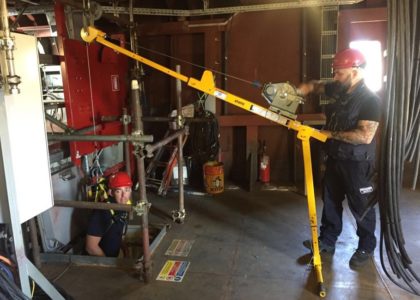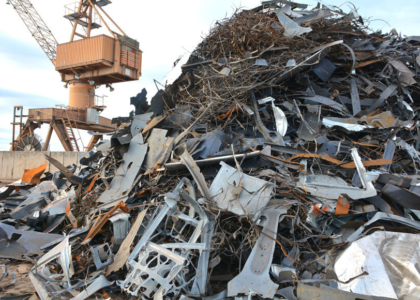A Cardan shaft is a spacer shaft with universal joint couplings on both ends in its basic configuration. This setup enables the electricity to transfer despite the offsets. Continue reading as we go through the significance of Cardan shaft alignment, how it functions, the implications of shaft angle variations, and why it’s required.
Shaft Alignment: What Is It?
Although “shaft alignment” is frequently used, the proper term is “shaft to shaft alignment.” However, it is assumed that when we talk about shaft alignment, we are aligning two shafts. As an alternative, we are attempting to match up the rotating center lines of the two shafts. Typically, bearings linked to machineries like pumps and motors hold these shafts in place. The objective is for these shafts to maintain alignment under load, at full operating temperature, and during operation. Unfortunately, running machinery will always have an offset and an angular misalignment, frequently a mix of both.
It’s wrong to refer to coupling alignment as that. This archaic phrase refers to the straightedge and feeler gauge alignment technique. Normally, this wasn’t carried out with the shaft rotated. This alignment approach cannot fulfill the tolerances required for current machines, although it can still be utilized as a rough-in step before precise alignment.
Cardan Shaft Alignment
Cardan shaft alignment, which is typically used to fix the parallel misalignment of the driven and driving shafts, is commonly subpar. The most common Cardan shaft configuration is the Z-configuration, in which the driven machine and driveshaft are horizontal and parallel.
The layout of a Cardan’s Shaft
The Z-configuration could be used with various drive trains, including driveshafts, motors, and gearboxes. For instance, a long jackshaft or intermediate spacer may occasionally be used to connect the Cardan shaft. Z-configured machinery that is vertically mounted is also common in several industries.
The angular misalignment of the shafts cannot be submerged. If this is the case, there will probably be additional vibrations, which will make the driven shaft circle unevenly.
The problem, at least until recently, was that offset drive alignment was a challenging and time-consuming procedure. Engineer’s levels, theodolites, pairs of wires suspended from scaffolding poles, lengthy brackets, oil, and theodolites have all been used. All of these can be used, but correction is essentially a trial-and-error process that takes a lot of time and expertise to get satisfying results. The main issue is that alignment between shafts spaced apart by a significant amount may be required, which is often made more challenging because one of the shafts cannot be rotated. Naturally, you want to be able to rotate both shafts in any direction. However, in instances where Cardan shafts are used, we have a special issue. Even if we could spin both shafts, we would still need to reposition the connection after each circuit.
Dual-laser systems have enabled this process more easily than before by using a few straightforward instructions and standard operating procedures. First, frequently the only datum surface is available in the face of the flange, which is also employed in the Cardan shaft fixture. As a result, the coupling’s face is used as a datum surface, and its squareness to the rotation axis determines if the alignment is accurate.
Cardan shaft parallelism may now be measured quickly and easily. With the aid of the fixture system, a fake rotating axis can be placed perpendicular to the driven component (stationary machine).
Shaft Alignment: Why Is It Important?
Correct shaft alignment results in many benefits:
- Production assurance is a result of the machine’s increased availability and output.
- Fewer replacement parts are removed thanks to the long service lives of bearings and seals.
- Less leakage and a better working environment result from complete seals.
- Less chance of overheating and subsequent damage with an optimally used lubricant film
- Less lubricant use results from reduced lubricant leakage.
- Reduced vibration equals a lower noise level.
- Safer working conditions result from a lower likelihood of serious malfunctions.
- Reduced energy use, fewer spare parts, and unplanned downtime result in greater overall savings.
For tools and equipment for Cardan shaft alignment, please contact us.





